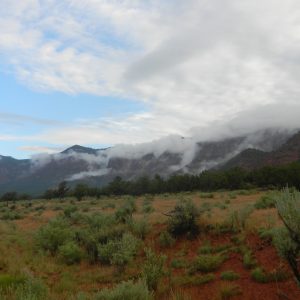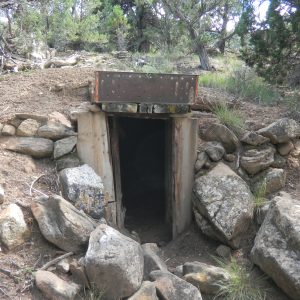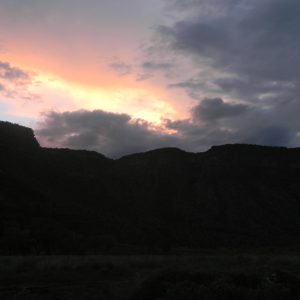Good golly it’s the last month of my internship already. The seasons have definitely changed, as evidenced by the fact that I spent today doing fieldwork in the snow. It seems like just last week that it was 80 degrees and sunny. Oh wait – it was just last week. But despite being cold and wet and wishing it was 100 degrees again, the fall colors in western Colorado are absolutely beautiful.
I’ve been spending a lot of the last month in the office doing GIS work, but I’ve also had the opportunity to go out with different people from the office and get experience doing different types of work. Most recently I went out with a geologist and a bat specialist from the Colorado Division of Wildlife to determine whether bats were utilizing an abandoned uranium mine shaft. After determining the shaft was free of radon, I got to go in and look for guano. Yay guano! Afterwards, the geologist took me around to our office’s paleo sites to see fossilized dinosaur bones and tracks, which was extremely cool.
Less than a month left. Sigh. I’ll miss you, Colorado.













